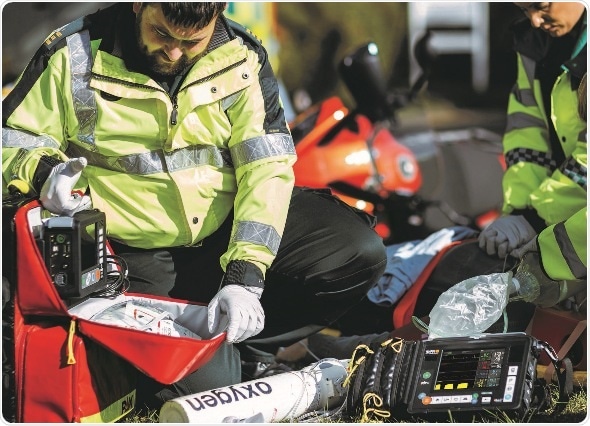Nov 15 2016
RDT, a leading provider of pre-hospital care solutions, will be previewing its Tempus ALS™ defibrillator monitor at MEDICA 2016. Visitors to Stand D70 in Hall 11 will be able to see this innovative solution – which offers the benefits of a fully ERC-compliant defibrillator and an advanced monitor in a small and lightweight package – ahead of its official launch in early 2017.

The Tempus ALS combines a defibrillator and advanced life support monitoring in a compact package, enabling pre-hospital medics to carry less and work more efficiently.
Tempus ALS delivers a new, cutting-edge approach to defibrillation monitoring. Its market-leading robustness, small size, low weight and flexible configuration provide unparalleled choices on how pre-hospital equipment is deployed and operated. The advanced monitor provides a full set of vitals – including 12-Lead ECG, configurable STEMI reporting and capnography – with over 10 hours of battery life. It also gives access to advanced features such as video laryngoscopy, point of injury ultrasound and real-time telemedicine. The defibrillator is lighter and smaller than most AEDs, but with manual defibrillation, AED, cardioversion, pacing, CPR feedback and a 4-Lead ECG. Its small battery is capable of delivering 300 shocks, so users can stop worrying about battery life. Because it is small and light enough to always be carried to scene, it also means code review is always available for every incident.
Additionally, Tempus ALS provides market-leading collection of all vitals data, defibrillation and CPR therapies, event and pictures via its automatically populated Summary Record of Care™ (SRoC™). This unique feature enables flexibility of data printing, transmission and sharing for optimised patient care. It is compact, slender and lightweight enough to suit all vehicles, including bikes. This means the same standard of care can be provided from any vehicle type, and space is freed up for other important equipment. Backed by over 20 years of RDT service and support expertise, this all adds up to the already overburdened first responder being able to carry less but to do more and work more efficiently.